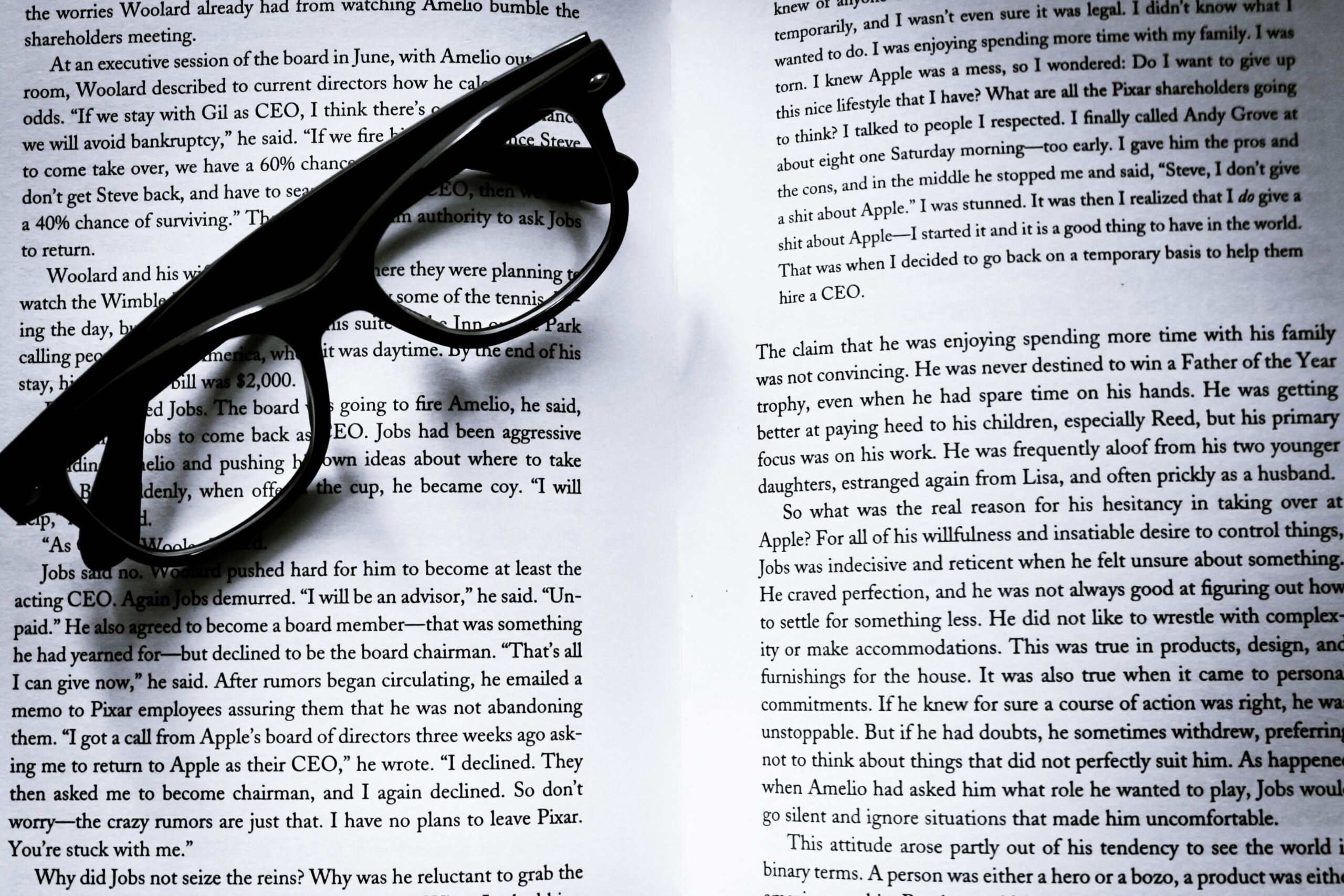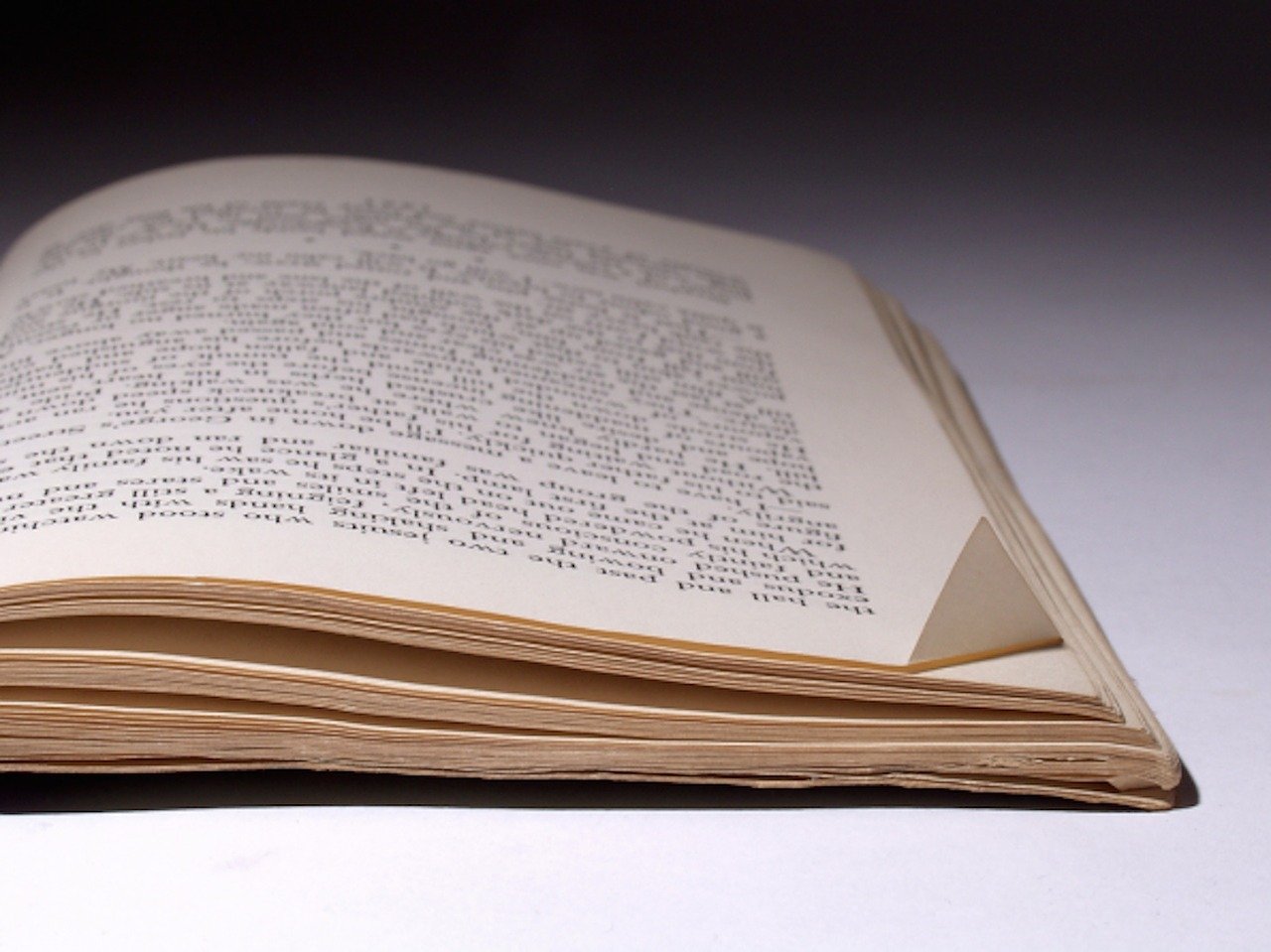Asterisks are commonly used to refer you to additional information, disclaimers, or fine print at the bottom of a page.
The asterisk is the tiny star (*) icon that shares its home with the number 8 on a standard keyboard’s number row. You must press the “8” key while holding down SHIFT to access it, as it is a secondary option.
You may be surprised that it is one of the oldest symbols in existence, but you also may not care – so let’s get straight to the point.
An Asterisk is Useful to Reference Footnotes
The primary purpose is to call attention to footnotes located at the bottom of pages within the text (like where the feet would be if a page had feet).
This information is not provided within the related paragraph because it usually indicates bonus information*, controversy, an explanation, a definition, or an interesting tidbit of knowledge about the word or phrase earmarked with an asterisk.
Notice an asterisk following “bonus information” in the previous paragraph. When you see that symbol, look down at the bottom of the page.
Alternately, you may see a footnote represented as a small number (Superscript 1) following the word or phrase. This circumstance is most often found in academic research papers, articles, or books because several official writing styles use footnotes to cite their information sources. When you see a small number symbol, you also need to look at the bottom of the page.
Go ahead, check it out.
* Did you know asterisks can also replace the x in a multiplication problem? 4 x 3 = 4 * 3.
1 The reason numbers are used instead of an asterisk is because there are often many footnotes used in academic texts. Therefore, numbering them helps prevent confusion, as a series of asterisks makes it difficult to follow which information goes with which topic.
Video Explanation
For a deeper look, please watch this video:
Related: Now learn about the “and” symbol – the Ampersand.






